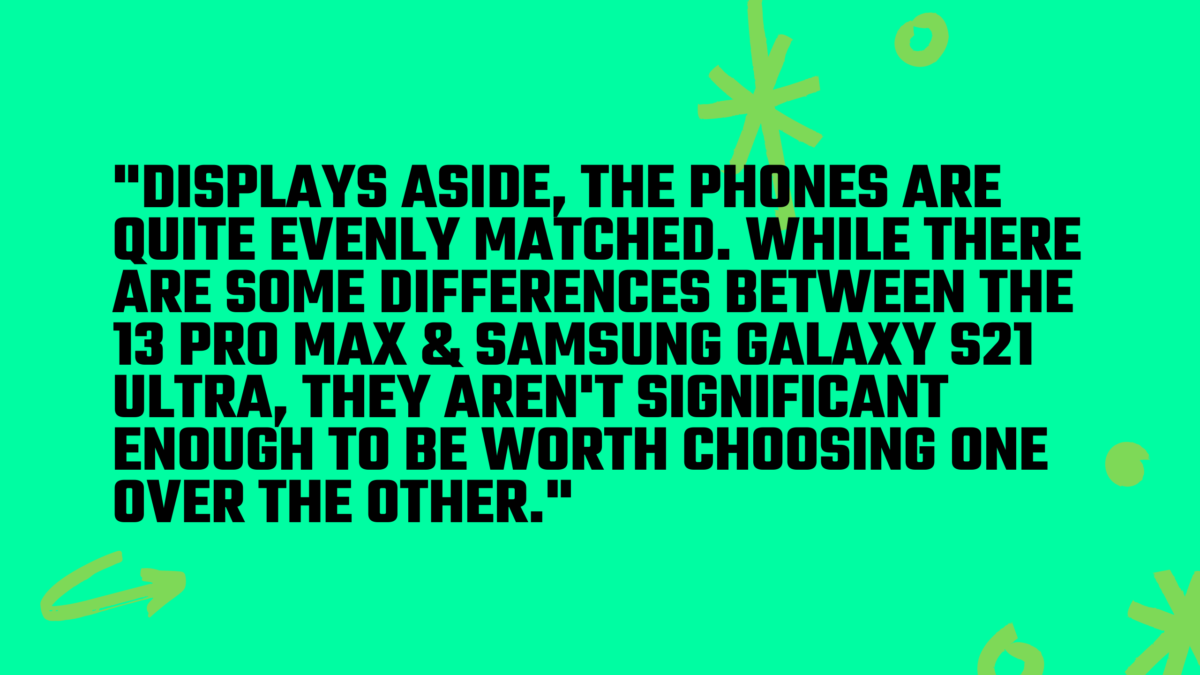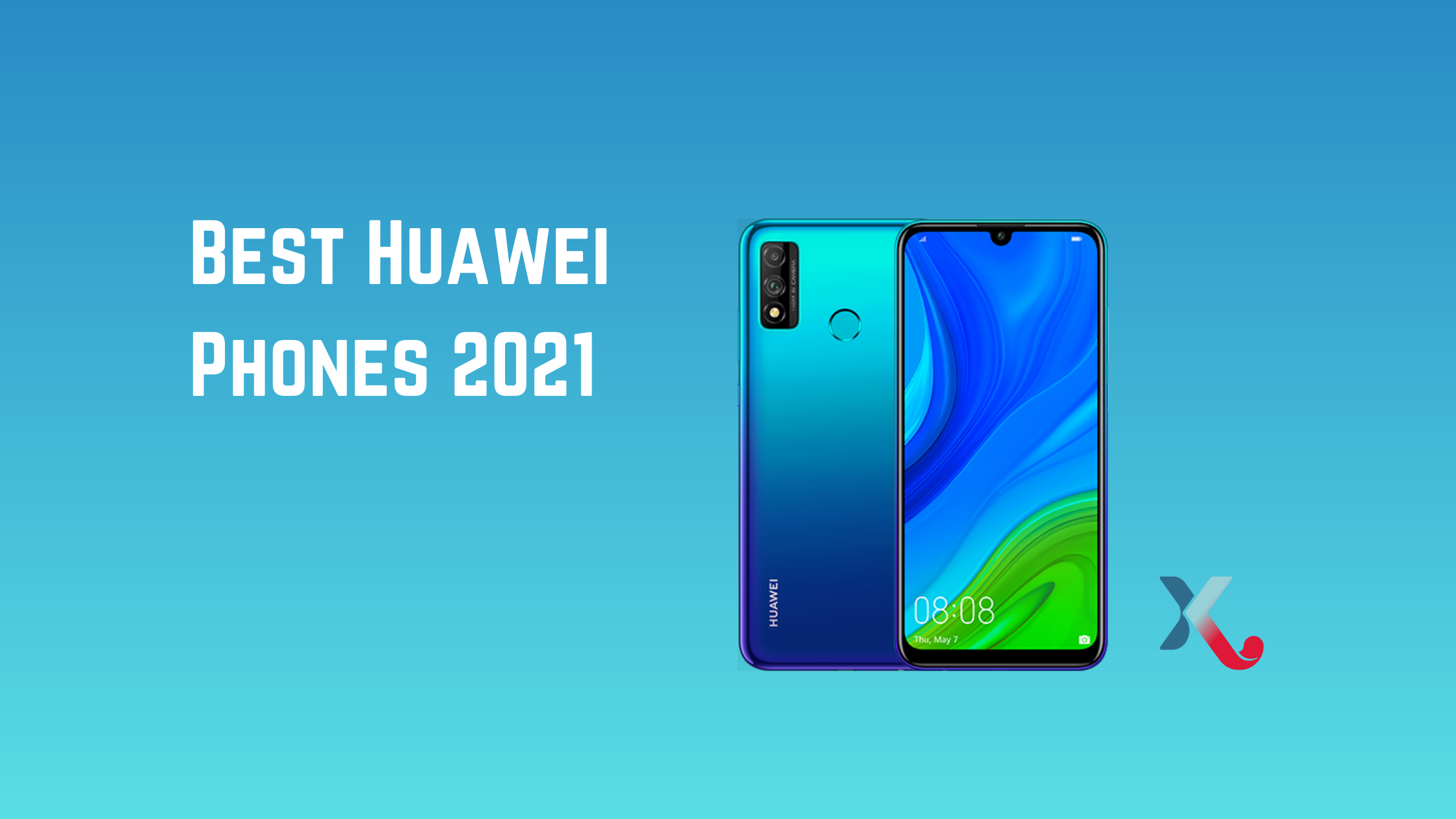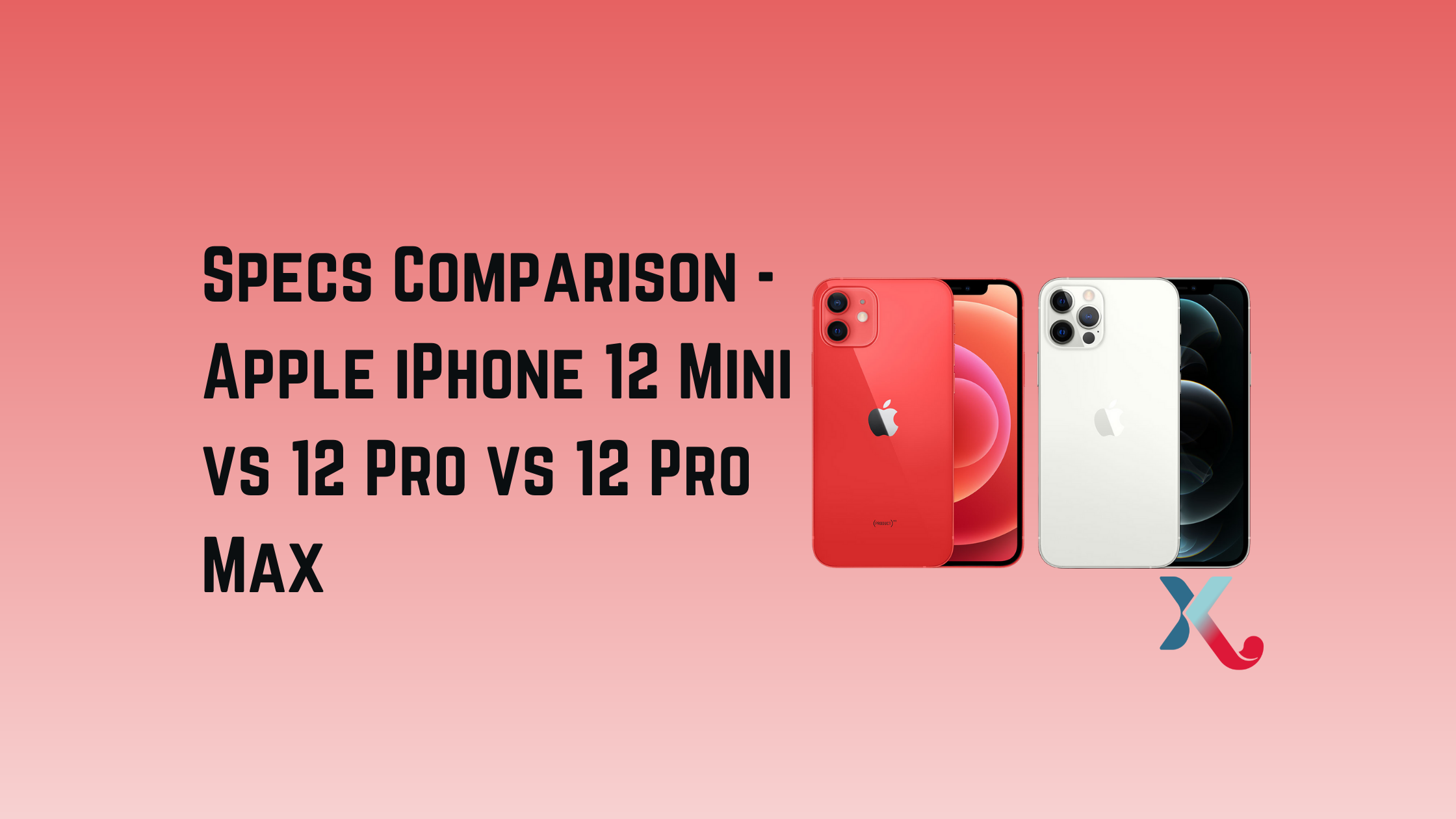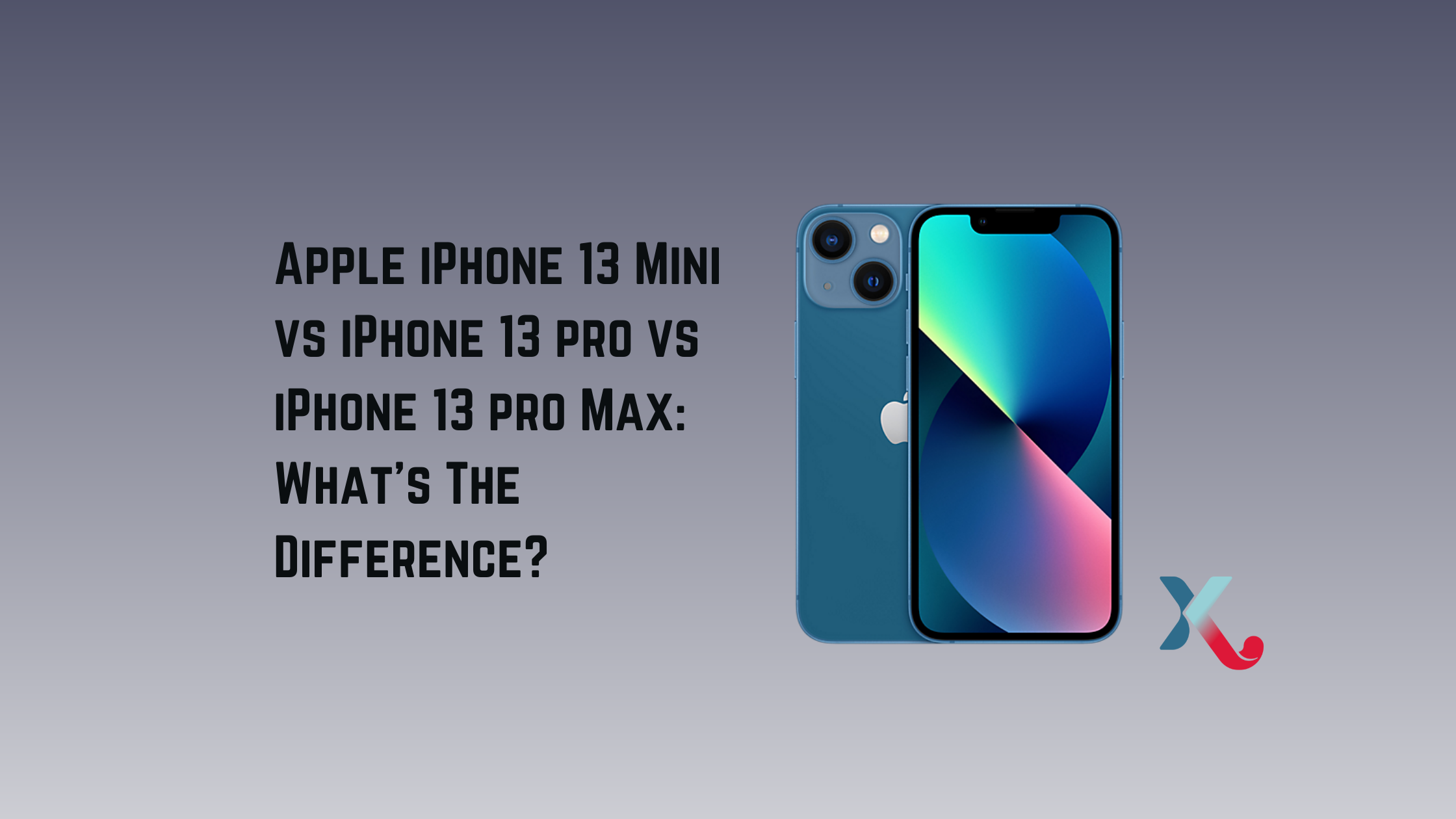Apple vs Samsung has been a constant battleground since the dawn of smartphones. Both companies released big-powerhouse devices in 2021. Apple released the iPhone 13 Pro Max Max, while Samsung released the S21 Ultra.
Each device has its strengths and weaknesses. But which one is better in the areas that you are most passionate about? We’ll compare the specifications and share some of our insights from using both devices extensively over the past few weeks and months. You can read our experiences or see the video.
Design
- 13 Pro Max: 160.8 x 78.1 x 7.7 mm – 240 grams
- S21 Ultra: 165.1 x 75.6 x 8.9 mm – 227 grams
- 13 Pro Max: Stainless steel and glass
- S21 Ultra: Aluminium and glass
- IP68 Water and dust resistance
With their flagship smartphones, Apple and Samsung have used very different design approaches in recent years. It can be as different when designing a rectangle of glass.
They are both made of glass and metal, so there is no real commonality. Apple uses surgical-grade stainless steel, while Samsung uses Aluminium.
Notably, the Samsung phone is noticeably taller than the iPhone and slightly thicker, but it is also lighter and narrower and has curves at the back. It has a more comfortable, one-hand feel than the flat and sleek iPhone. Although the curves around the edges are subtle, they make it easier to hold. There are fewer sharp corners.
Apple’s design elements are precise. This is where Apple shines. Take for example, the seamless curve of the housing that extends from the back glass. Samsung’s has almost that seamless appearance, with it wrapping around the edges. However, there are minimal lines that slightly spoil the illusion.
The front is a similar story. Apple’s bezel thickness matches the curve of its external corners and matches them. Samsung’s bezel is thinner than Samsung’s, but it doesn’t match the curve of the outer corners. The panel’s top is dominated by a tiny camera that doesn’t block as much as the Apple notch.
The notch still serves a purpose. FaceID is still an intuitive and quick way to unlock your phone. It’s as easy as picking up the phone and looking at it. It’s not the best option in modern times where you may have to use face masks, but it can be convenient when authenticating payments. Samsung has an in-display fingerprint scanner that works great, even when you have a balaclava covering your face.
Both have the same IP68 rating for water and dust resistance. Although Samsung’s has been tested to 1.5m depths for 30 minutes, Apple claims that it can survive to 6 meters.

Display
- 13 Pro Max: 6.7 inch OLED – 1284×2778 resolution
- S21 Ultra: 6.8 inch AMOLED – 1440×3200 resolution
- 13 Pro Max: DolbyVision, HDR10 and 1200 nits peak luminosity
- S21 ultra HDR10+, 1500nits peak brightness
- 120Hz adaptive refresh rate
Displays aside, the phones are quite evenly matched. While there are some differences between the two phones, they don’t have enough to be worth choosing one over another.
Samsung’s panel is more prominent and sharper in terms of pixel density. However, it can be difficult to see significant differences when the iPhone is compared to Samsung. We believe that the iPhone’s panel is brighter than the Samsung’s, even though both are turned to maximum brightness. Even though Samsung’s panel can achieve a higher peak brightness, it is not practical.
It can sometimes look artificially sharp when compared with Samsung’s videos and movies. The Samsung can make videos look more natural and softened by contrast. The story will look completely different if the Samsung is set to the vivid mode. You can adjust the brightness to make the colours pop more, but it’s up to you if that is what you prefer.
Both have the same 120Hz screen refresh rates. However, you can only see the super-smooth animations when you scroll around the user interface and scroll up and down to access settings or drop-down notifications. This isn’t something that will make a huge difference in movie viewing.
Both have their ambient color matching technology to lower the blue light on the screen and match the temperature with the surrounding light. This usually means that the screen will become a little warmer.
Performance and battery
- 13 Pro Max: A15 Bionic six-core processor
- S21 Ultra: Exynos octa-core or Snapdragon 888 processor (region depending)
- 13 Pro Max: 128/256/512GB, 1TB and 1TB storage options
- S21 Ultra: 128/256/512GB storage options
- 13 Pro Max: Approx 4300mAh battery – 27W wired, 15W MagSafe wireless charging
- S21 Ultra: 5000mAh Battery – 25W wired,15W wireless charging
It doesn’t make sense to compare specs in one area: performance and battery life. Both operating systems are very different, so iOS is generally more efficient than Android. It doesn’t require all the extra RAM or huge battery capacities that Android phones have.
Both phones are very similar in speed and fluidity. Both phones are responsive and fast, and load apps and games quickly. This is despite Samsung’s chipset boasting two additional processor cores. It’s Europe’s top-tier Exynos processor, vs. Apple’s A15 Bionic chip. This chip outperforms all other smartphones in Geekbench tests.
Comparing the two, the iPhone seemed to load apps and games faster than the Samsung but only by a small margin. These differences were less than one second.
Apple does not reveal the battery capacity of its iPhones, but it has a battery capacity of around 4300mAh. This is considerably smaller than Samsung’s 5kmAh. It was able to outlast Samsung in our tests. The iPhone can often last a second day even with moderate use, usually 3-4 hours per day.
Samsung’s never makes it past two days. We’re typically down to 40 per cent by the end of the first working day. This is in an area that doesn’t have 5G support and most people work from home. The iPhone 13 Pro Max is one of the longest-lasting phones available and will not give you any battery anxiety.
Both have high-speed charging but both support Power Delivery. Samsung offers 25W, while iPhones can charge at 27W (with the correct charger). Both support wireless charging at 15W.
Cameras
- 13 Pro Max: Triple camera system
- 12MP f/1.5 – 26mm wide – sensor-shift OIS
- 12MP f/2.8- 77mm Telephoto – OIS- 3x Optical Zoom
- 12MP f/1.8 – 13mm ultrawide
- S21 Ultra: Quad camera system
- 108MP f/1.8 24mm wide – OIS or laser AF
- 10MP f/4.9- 240mm periscope- 10x optical zoom
- 10MP f/2.4 72mm Telephoto – OIS 3x optical zoom
- 12MP f/2.2 – 13mm ultrawide
- 13 Pro Max: 4K/60, Dolby Vision recording
- S21 Ultra 8K/24 HDR10+ Recording
Although it would be an exaggeration to say that the cameras systems are virtually identical, it is not impossible. The theory is true. Samsung also has an additional camera.
The S21 Ultra has primary, ultrawide, and 3x Telephoto zoom cameras. However, the S21 Ultra has the periscope 10x zoom. It’s a secret weapon that allows you to zoom in even further without losing any detail. You won’t get the same sharp picture from either camera as with the primary, but it will seem a little rougher overall.
Both the primary cameras feature the same tech. Both can achieve stabilisation with the same tech, but using different techniques. Samsung’s stabilises the lens while Apple uses sensor-shift technology. It is interesting to compare the cameras because they can produce very similar results in certain instances.
In some cases, the iPhone pushed the contrast higher than the Samsung. This was especially noticeable indoor shots. This resulted in a less natural, darker look. Sometimes, the Samsung looked darker and less realistic than the Samsung, especially when it was outside. We often noticed that Samsung increased the saturation of greenery and blue skies, making them seem more real.
Apple is not used to the occasional occasion when the ultra-wide results didn’t match the primary iPhone. Samsung’s ultrawide would sometimes wash out shots. The iPhone’s macro mode was prone to blowing out highlights on rare occasions, but this is a Samsung problem. Apple has a solution for the camera switching problem. It switches between camera lenses when you are close enough to the subject. This makes it difficult to frame your shot.
They both perform well in low light shots. However, they have a different approach regarding temperature. We were not prepared for the night mode differences. In indoors, with a smart lamp set to night mode, where it goes dimming and warm, Samsung used white balance to get the colours to look right. iPhone did the opposite, making the warmth appear bright red by over-egging it.
Outside, we found that Samsung’s night mode was more natural than iPhone’s. It seemed to be more natural and softened the contrast, perhaps to make the image seem sharper. It is safe to say that it was not a consistent experience for either phone. Both phones will produce sharp, bright images at night.
Both can be shot in slow-mo. However, from a video perspective, the iPhone’s Cinematic mode creates a blurred background and slowly pulls focus as you point the camera at another object.
It is able to work with static objects that have been clearly defined visually, but it doesn’t work well with moving people. It also shoots at a lower resolution. The end result is still better than shooting in regular mode and manually tapping to focus an object in the background.
Apple’s phone can capture in Dolby Vision HDR at 60fps. Samsung’s phone can do HDR10+ at 24fps and can also record up to 8K resolution. Apple’s camera has fewer menus and is, therefore, easier to use. Samsung loves to offer a wide range of shooting options. This might be a good thing for you. Both cameras offer good stabilisation in video, at least the main camera.
You will still get a great camera system, no matter what model you choose. We are not happy with the iPhone’s inconsistent performance, so we would say that the S21 Ultra is the best choice if you need the best camera for photos.
Ecosystems
Software and ecosystem are also important. Both are strong. Samsung offers the Galaxy Watch 4, which can be used as a smartwatch or fitness tracker and accepts contactless payments. It is very similar to Apple Watch in many ways. SmartTag object trackers are also available, just like Apple’s AirTags. There are also a variety of Galaxy Buds models, unlike Apple’s AirPods. SmartThings can be used to control your Samsung TV if it has a Samsung TV. Similar with Apple TV boxes and iPhones.
An iPhone is a good choice if you have a Mac. You can copy and paste between devices or authenticate web-based Apple Pay payments.
Buy Your new iPhone or Samsung at NIX
Trade-in your old phones with NIX and leave with a brand new phone. Remember, the NIX magic number is zero!! How close can you get? Come in and see. Recycle your old phone with NIX and sign-up to our Premium Membership for even better prices and saving at NIX.
Where To Buy? At NIX Of Course!
Trade-in your old phones with NIX and leave with a brand new phone.
Remember, the NIX magic number is zero!! How close can you get? Come in and see.
Recycle your old phone with NIX and sign-up to our Premium Membership for even better prices and saving at NIX.
MEGA TIP: NIX Premium Members can trade in multiple devices at once to really reduce the price of the new phone.


